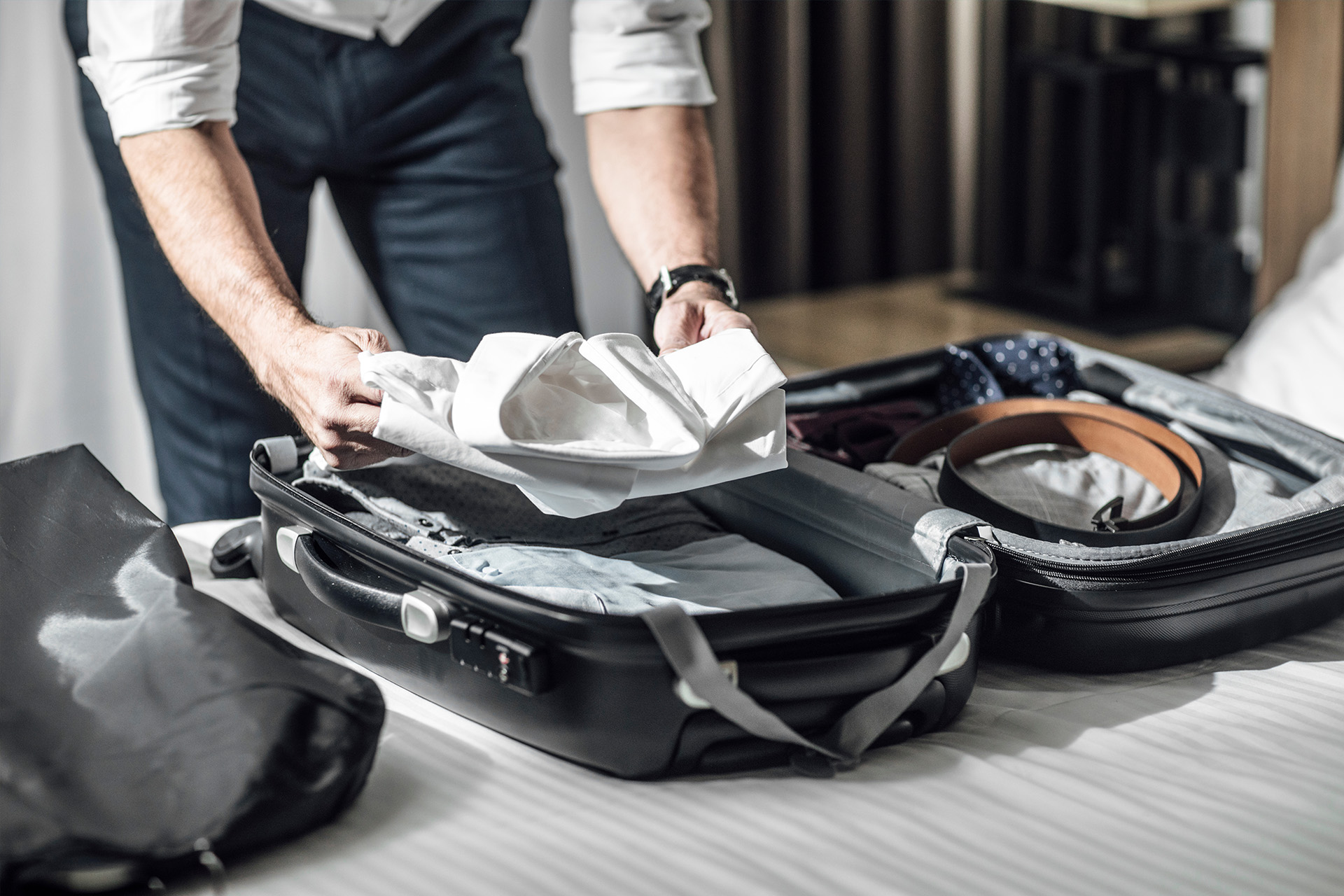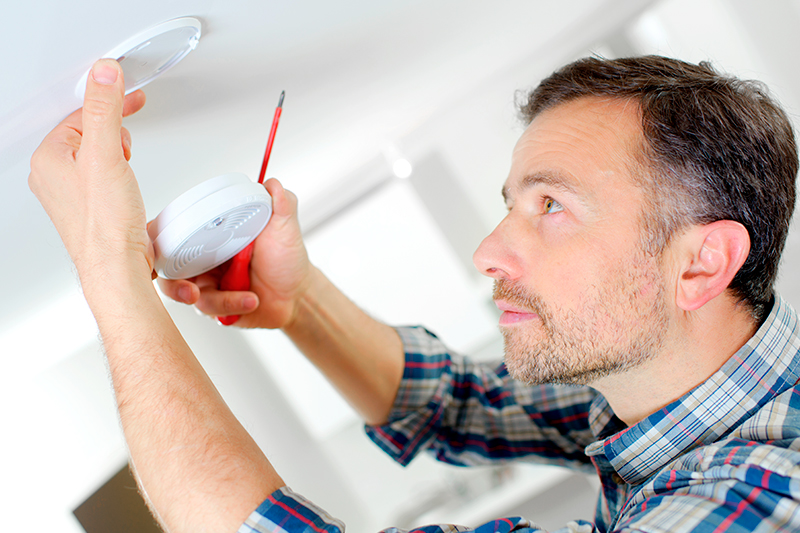How to prevent a fire: 8 tips
Did you know that in Quebec, firefighters intervene on average on 5,600 house fires per year? And according to the Ministry of Public Security, thehuman error causes more than half of house fires! A fire is a tragedy that can turn your entire life upside down in a fraction of a second. talk about it to Maryse, victim of a disaster…
Maryse lost everything in the fire in her house. Completely confused, she did not know how to get back on top of her life. Here's how to prevent a fire, at the very least, as far as possible. These fire prevention tips could no doubt have helped Maryse.

Tips for being prepared in the event of a fire
You can take certain steps, starting today, to prepare yourself in the event of a fire. Number to remember: less than 3 minutes. You would have this amount of time to evacuate your home if a fire broke out.
To win this race against time, be ready to react quickly and safely in the event of a fire. To achieve this, the watchword is preparation.
1. Check your smoke alarms
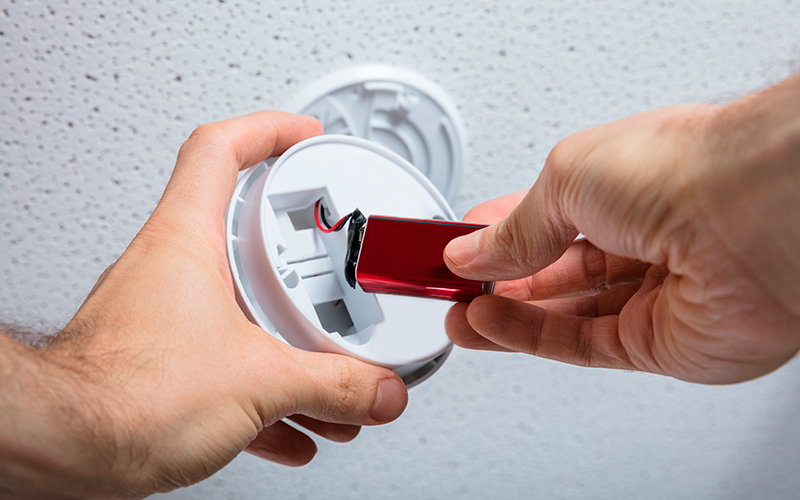
At least one smoke alarm or detector is installed per floor in a house. This allows your family members to be alerted quickly to evacuate the residence.
According to the City of Quebec, 90% of fatal fires occur in residences with a missing or non-functional alarm. In short, to have smoke alarms that work well and in sufficient numbers can save your life and that of your loved ones.
To make sure they are in good condition, ask yourself the following questions:
- Are your alarms still working?
Remember to test your alarms at least twice a year, when the time has to be changed. Replace the alarm batteries every 6 months or when you hear an intermittent beep. Buy a new alarm if it is more than 10 years old, damaged or has been painted.
- Are they installed in the right places in the house?
Alarms should be installed where all occupants can hear them in the house or dwelling.
So, make sure you have 1 alarm per floor, without forgetting the basement. Each hallway leading to the bedrooms should also be equipped with an alarm. If some occupants of the house sleep in their bedroom with the door closed, these rooms should be equipped with an alarm. Also, do not forget to install a warning device near each staircase for added safety.
- Do they meet Canadian standards?
Make sure your alarms carry the Underwriters' Laboratory of Canada "ULC" or "cUL" logos. This will ensure that they meet Canadian standards and reduce the risk of fire.
Some smoke alarms work with a battery, and others with electricity. In addition, different types of alarms exist.
The ionization smoke alarm detects more fumes and smoke. It is therefore suitable for bedrooms.
On the contrary, the photoelectric smoke alarm is less sensitive to vapors and smoke. Install it in the kitchen and bathroom.
Instead, choose a strobe light alarm for rooms where someone who is hard of hearing lives. This alarm emits both sound and light.
2. Equip yourself with a carbon monoxide alarm
Carbon monoxide is odorless, colorless and tasteless. It is released from appliances that burn fuel such as propane, fuel oil and wood.
However, this subtle gas can cause adverse effects on our health. When you are poisoned, you can become nauseous, lose consciousness and even die.
The traditional smoke alarm does not detect it. This is why you must equip yourself with a carbon monoxide alarm if you have these devices at home.
3. Buy fire extinguishers
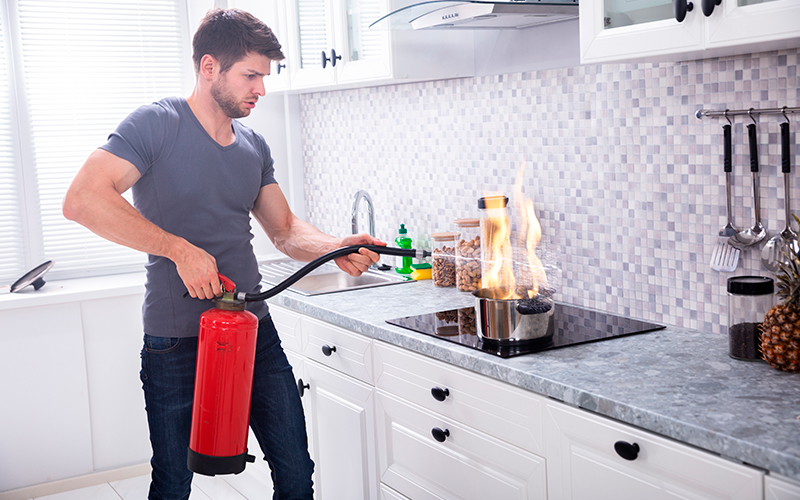
When you spot a fire starting in your home, you can use portable fire extinguishers to put it out. However, using fire extinguishers when the fire is widespread in the house is not recommended. The device should mainly serve you to make your way and get out! Even if you can extinguish the flames with the fire extinguisher, quickly evacuate the premises and then dial 911.
Install your fire extinguisher near an exit, away from the stove and other heat sources. Every month, check to see if it is still in good condition, if the parts are in place and the gauge pressure is correct.
You can get 2 types of fire extinguishers:
– A single-use fire extinguisher
– A refillable powder fire extinguisher
Did you know that different classes of fire extinguishers exist depending on the type of materials that can cause a fire in your home? Get informed to choose the one that suits your needs.
4. Make an escape plan
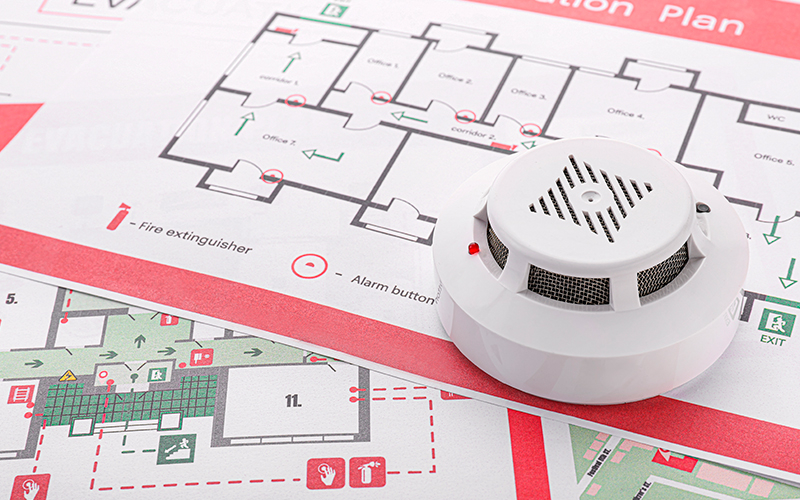
The evacuation plan helps you plan how you will evacuate your home to a place of safety in case of fire. Consider how to evacuate the entire household. Include children, the elderly, or people with disabilities who may have difficulty hearing the horn or moving around in your plan. You can even think of your pet!
Get the kids involved in the fire safety drill, they'll enjoy the "game"! Make sure your family members are familiar with the 911 number and evacuation plan. Several models exist on the web. Practice at least once a year and challenge yourself to get out in less than 3 minutes.
Tips for taking safe actions on a daily basis
Ready to react quickly if flames arise? Do you also know how to prevent a fire by taking safe action every day?
Feel free to check your city's fire department websites for further action.
Here are some tips to apply today.
5. When cooking
- Turn pot handles towards the center of the cooker when using the round
- Keep lids handy to easily smother flames when needed
- Do not leave the stove burner on unattended
- Avoid distractions: have another adult watch children and keep your cell phone away
- Keep your cooking area and pots or pans clean
6. When you use your dryer
- Clean your dryer's lint screen after each use and remove suds buildup
- Check that the air outlet located on the exterior wall of the building is not blocked by snow, for example. The vent must also be able to open to allow air to escape when the dryer is running.
- Make sure your dryer has a very short, straight, metal exhaust duct. It must use a maximum of 4 elbows
- Turn off the dryer when you leave home or go to bed
7. Electricity
To prevent fires caused by overloading or misuse of electricity:
- Always work with an electrician for work with electricity
- Keep flammable materials at least 1 meter away from heat sources, such as electric heaters, baseboards and portable heaters
- Avoid overloading electrical outlets and installing extension cords across the room or under the rug
- Choose a bulb of the right wattage for your lamps
8. If you have a fireplace or wood stove
- Have your chimney swept at least once a year, ideally in the spring
- Clean the pipes often. Creosote, a flammable residue deposited on the walls of the chimney, can cause fires when it accumulates.
- Only burn dry wood and avoid waste plastics and stained or treated wood, with glue, to avoid creosote residues
- Place the ashes in a metal pail with a metal lid. They can stay hot for 5 days after using the fireplace
In conclusion
A fire is a major difficulty in life and can often be avoided. Even if you know how to prevent a fire, you are not immune to such a disaster.
If, like Maryse, you are a victim of this upheaval, you may be looking to relocate quickly. Arrow Location offers temporary rental and is the ideal solution to quickly resume your life. Check out the many options for furnished and fully equipped accommodations.


